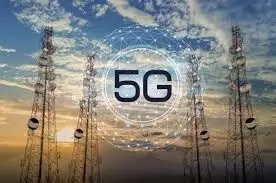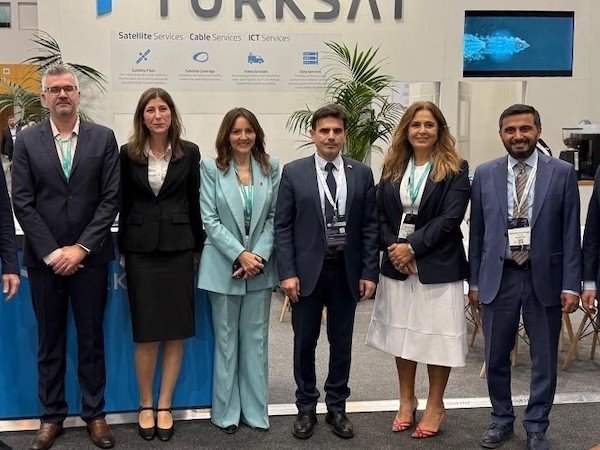Key Takeaways:
- Ericsson and e& UAE have successfully implemented Low Latency, Low Loss, Scalable Throughput (L4S) technology in a 5G commercial network, a first for the Middle East and Africa.
- The technology significantly reduces latency, enhancing the experience for cloud gamers and enabling time-sensitive applications.
- This milestone paves the way for e& UAE to advance its 5G capabilities, supporting critical use cases in various industries.
Ericsson and e& United Arab Emirates have announced the successful implementation of Low Latency, Low Loss, Scalable Throughput (L4S) technology in a 5G commercial network, marking the first deployment of its kind in the Middle East and Africa. This innovative communication technology was showcased during a cloud gaming demonstration on e& UAE’s 5G Standalone commercial network at GITEX Global 2024. The L4S technology resulted in reducing latency to less than half while perfectly maintaining it within a predefined range, ensuring consistent low-latency connectivity for an exceptional, lag-free experience for live online cloud gamers.
The introduction of L4S time-critical communication technology represents a significant milestone in e& UAE’s journey toward 5G Advanced. It will enhance e& UAE’s 5G capabilities, addressing time-sensitive use cases in areas such as industrial control and mobility automation.
Marwan Bin Shakar, Senior Vice President of Access Network Development at e& UAE, noted that the successful deployment of L4S strengthens e& UAE’s position as a leader in advancing 5G capabilities in the region. “The solution enables improvements in latency for real-time applications like cloud gaming, ensuring seamless connectivity. As we move towards 5G Advanced, this partnership underscores our commitment to delivering cutting-edge solutions that meet the evolving needs of enterprises and consumers alike.”
Ekow Nelson, Vice President and Head of the Global Customer Unit at e& for Ericsson Middle East and Africa, added that L4S will significantly enhance user experiences and drive the adoption of next-generation applications, including cloud gaming and extended reality. “As a key part of our 5G time-critical communication solution, it enhances network responsiveness and marks a significant step toward delivering time-sensitive, rate-adaptive services that will foster future innovations.”















